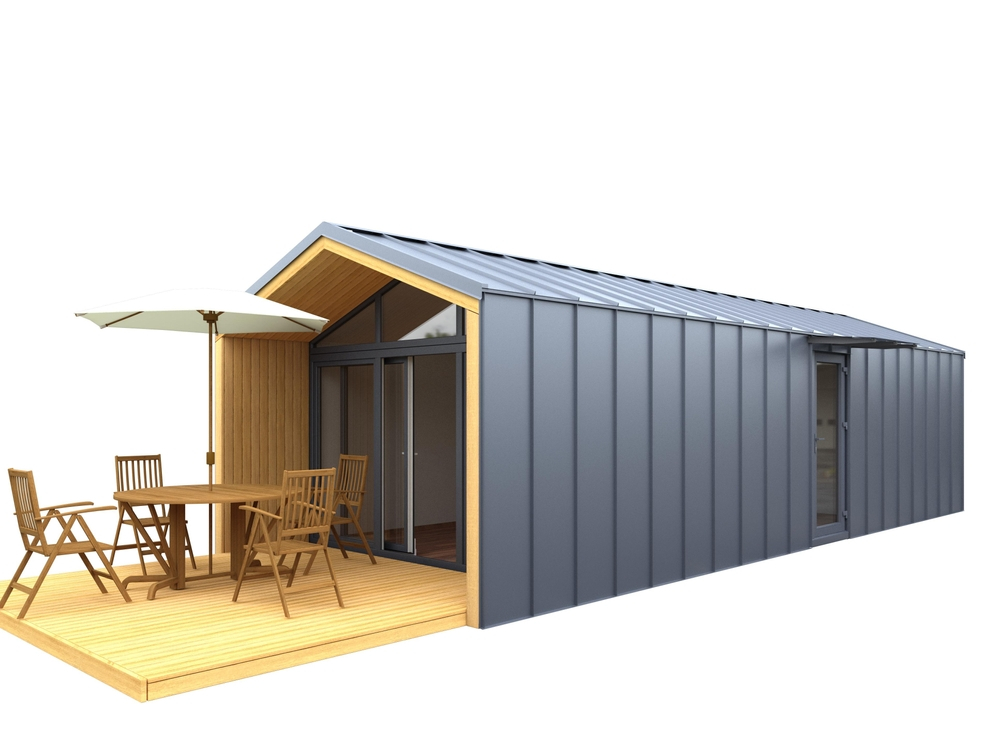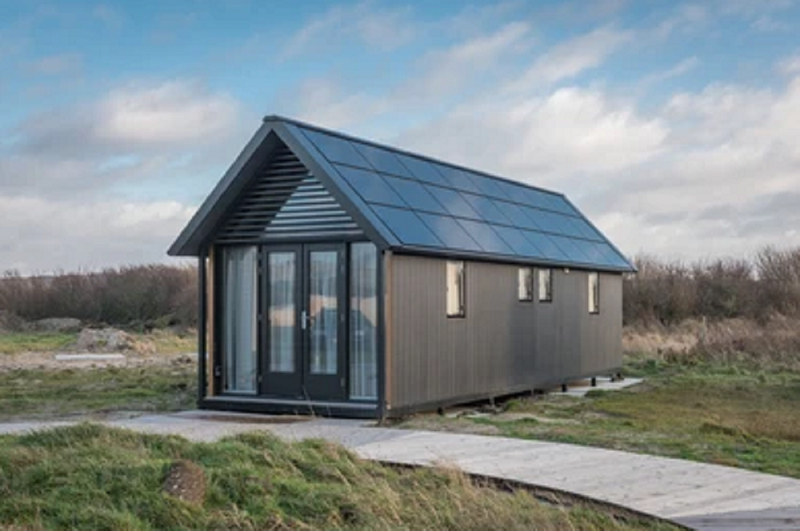What does home mean to you? Is it a sprawling luxurious mansion, a chic apartment in bustling city, a peaceful cottage nestled in the countryside or something smaller, simpler and more Ecologically friendly? Welcome to the world of tiny homes. In this blog post, we’re going to dive into the significant impacts tiny homes are making on the Australian real estate market. We’ll explore why this shift is happening, who’s driving it, and what it could mean for the future of property in Australia.

As housing prices continue to rise in Australia, making homeownership unattainable for some, the tiny homes movement is offering a breath of fresh air. With sustainability, affordability, and a sense of freedom at its core, this trend is more than just downsizing—it’s about changing the way we live and challenging the traditional ideals of home. But will this movement be just a temporary trend or is it here to stay?
Origins of the Tiny Homes Movement
The tiny homes phenomenon isn’t exactly new. Its roots can be traced back to Henry David Thoreau, who embraced minimalism in the mid-19th Century. However, it didn’t take hold in Australia until around 2010. Faced with soaring real estate prices and a growing emphasis on sustainable living, Australians found solace in the tiny homes trend.
Why are Australians Embracing Tiny Houses?
Tiny houses deliver freedom from the mortgage trap, enabling residents to save money while still having a place to call home. Beyond affordability, they also cater to those who prioritise fewer possessions, lower energy consumption, and a closer connection to nature. This shift in mindset is pushing tiny homes from the fringe to the mainstream housing market.
The Economic Impact on Australian Real Estate
Tiny homes are shaking up the real estate market due to their lower price point and a growing demand. Aided by low-interest rates and favourable legislation, more and more Australians are viewing them as an accessible entry point to homeownership. This is compelling the Australian housing market to adapt to these changing preferences.
Flipping the Script on Traditional Home Ownership
While conventional home ownership may represent stability and success for some, for others it can feel more like a burden. The financial stress associated with large mortgages and the responsibility of maintaining a sizable property are leading many Australians to reconsider their housing goals.
The Pros and Cons of Tiny Homes
Like any housing option, tiny homes come with their own set of benefits and challenges. On the plus side, they promote financial freedom, sustainability, and versatile living. On the other hand, there are legitimate concerns around zoning restrictions, social acceptance, and limited space – factors that continue to evolve as the movement gains traction.

The Future of Tiny Homes in Australia
The tiny homes movement shows no signs of slowing down. If anything, increasing housing affordability issues, a growing awareness of ecological concerns, and a more mobile lifestyle will likely fuel more interest. Consequently, we may see a dramatic shift in Australia’s real estate landscape in favor of more flexible, sustainable, and affordable housing solutions.
Conclusion:
The Australian real estate market is undergoing an undeniable shift, driven by the tiny homes movement. Changing attitudes towards homeownership, grounded in values of affordability, sustainability, and mobility, are making a significant impact. While challenges persist, the potential rewards, both personally and economically, are immense. The tiny homes movement is shaking up our concept of home and could very well reshape Australia’s housing market in the years to come. It signals a profound shift towards redefined luxury – one that prioritizes experiences, freedom, and sustainability over excess space and material possessions. The evolution of tiny homes is much more than a change in housing preference – it represents a broader societal shift toward value-based living.

